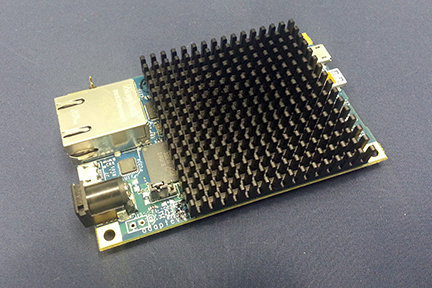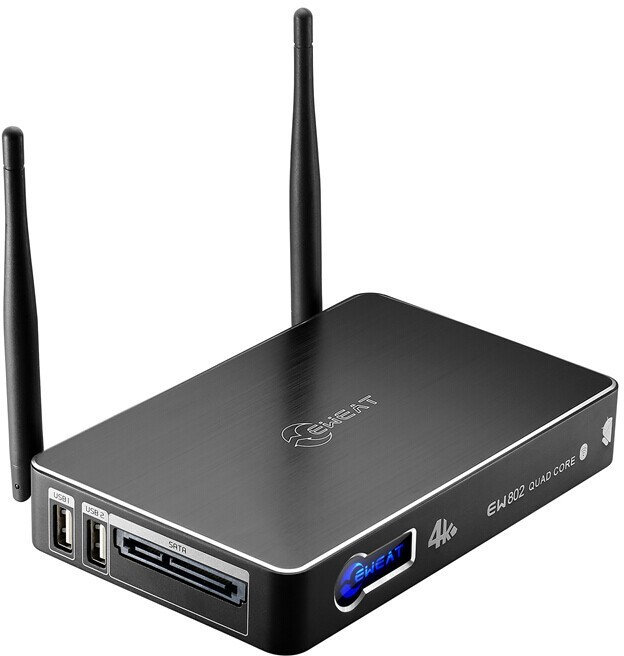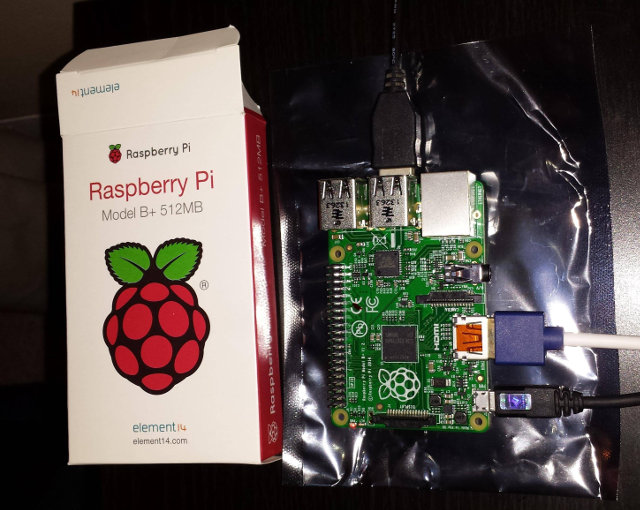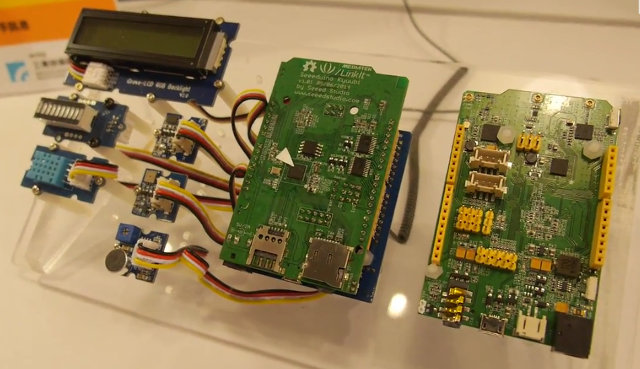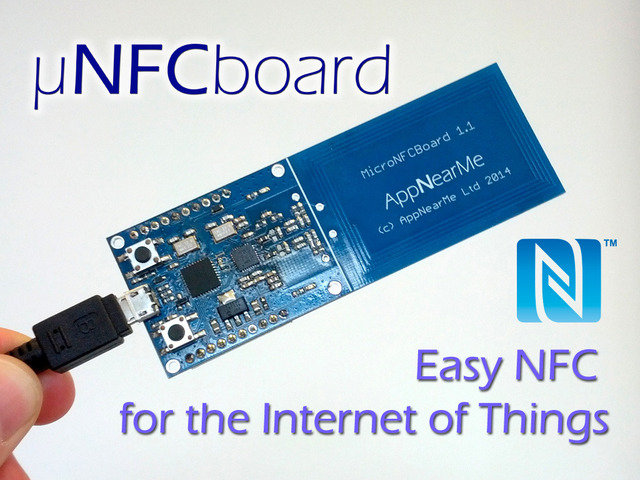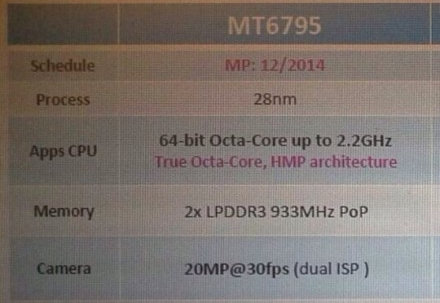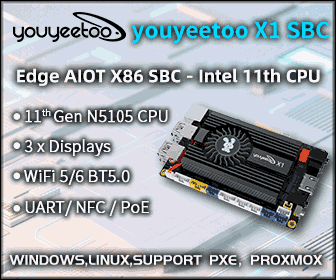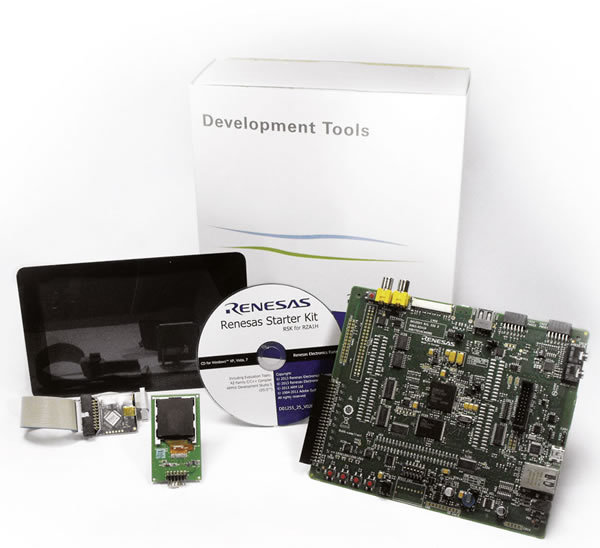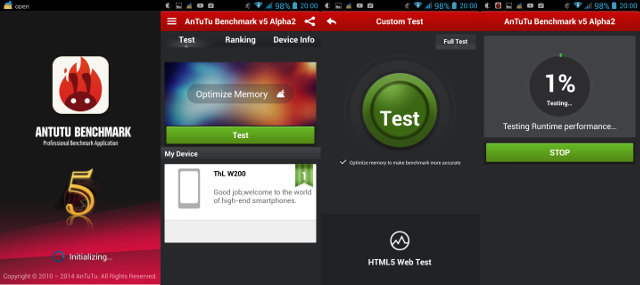Adapteva’s Parallella low cost open source hardware “supercomputer” is a board powered by Xilinx Zynq-7010/7020 dual core Cortex A9 + FPGA SoC and the company’s Ephipany epiphany coprocessor, that’s had a successful Kickstarter campaign in 2012 as the 16-core version sold for just $99, and is capable of handling applications such as image and video processing, and ray-tracing, and also comes with an OpenCL SDK. The board was fairly difficult to source after the crowdfunding campaign, and one the common complain of backers was the board had to be actively cooled by a fan. The company has fixed both issues by increasing slightly the price, and redesigning the board so that it can be passively cooled by a larger heatsink. There are now three versions of the parallela board: Parallella Microserver ($119) – Used as an Ethernet connected headless server Parallella Desktop ($149) – Used as a personal computer Parallella […]
Eweat EW802 Android TV Box (Amlogic S802) Supports External SATA Drives, Features Dual Wi-Fi Antennas
Amlogic S802 does not support SATA natively, so few Android media players based on this quad core SoC comes with SATA hard drive or SSD support. Zoomtak T8 is one of them, but there’s now another options with Eweat EW802, except than having an internal bay for 2.5″ hard drives, it just features an external SATA connector capable of handling both 2.5″ and 3.5″ drives, and comes with better specs including dual Wi-Fi antennas, 2GB RAM, and 16GB flash. Eweat EW802 specifications: SoC – Amlogic S802 quad core cortex A9r4 @ 2 GHz with Mali-450MP6 GPU (N.B: It could also be S802-H due to Dolby abd DTS hardware decoding claim). System Memory – 2GB DDR3 Storage – 16GB NAND flash + micro SD slot + SATA connector Connectivity – 10/100M Ethernet, dual band 802.11 b/g/n Wi-Fi with two external antennas, and Bluetooth 4.0 Video Output – HDMI 1.4a and AV […]
Raspberry Pi Model B+ with 4 USB Ports, a micro SD Slot, and More GPIOs Coming Soon
With over 3 million boards sold, the Raspberry Pi is by far the most popular ARM Linux board on the market, but people are often asking for hardware upgrades with a faster processor, more RAM and so on. The good news is that a new Raspberry Pi board seems on the way, but since the real competitive of the Raspberry Pi is not the cheap hardware only, but software support and the community around the little ARM board. So instead of designing of completely new board, they’ve kept Broadcom BCM2835 and 512MB RAM, and mostly made some changes to the ports, and form factor. Since the board has not been officially announced just yet, the full details are available, but according to various reports, the specs should be as follows: SoC – Broadcom BCM2835 ARM11 processor @ 700MHz with VideoCore IV GPU System Memory – 512 MB SDRAM (PoP) Storage […]
More Details on Mediatek MT2502 Aster SoC and Linkit Platform for Wearables (Video)
Last month, Mediatek announced their Mediatek MT2502 SoC for wearables, codenamed Aster, as well as the Linkit development platform targeting the developer’s community. But at the time they did show the actual hardware, and thanks to Charbax we know have more interesting details about Aster and Linkit. First they compare a design based on Aster to Samsung Galaxy Fit wearable band, and show why it uses less space, will cost less, and they claim over twice the battery life. Simple and smaller design (~36% reduction in size) Aster solution – MT2504 (6.2 x 5.4 mm) plus all required resistors, capacitors and inductors require 89.97 mm2 Galaxy Fit – MCU. Bluetooth Transceiver, external memory, a linear charger, and all required resistors, capacitors and inductors require 140.97 mm2 Battery life – Samsung Galaxy Fit is supposed to last between 1 and 1.5 days on a charge, whereas devices based on Aster should last about […]
$70 MicroNFCBoard Brings NFC Connectivity to Any Board or Device (Crowdfunding)
AppNearMe MicroNFCBoard is a development platform for Near Field Communication (NFC) comprised of an NFC transceiver, an NXP MCU, and all software stack and tools you need for development. This board also exposes various I/Os that allows you to connect to external hardware or devices, and it can be used with an Arduino, Raspberry Pi, mbed or PC/Mac. Let’s go through the board specifications first: MCU – NXP LPC11U34FHN33/421 Cortex M0 MCU @ 48MHz, with 10KB RAM, 48KB FLASH, 4KB EEPROM NFC Transceiver – NXP PN512. Reader/Writer and card operation modes supporting ISO14443A/Mifare and FeliCa schemes. NFCIP-1 mode Splittable antenna USB – 1x micro USB port for power and programming I/O – 20x through holes with access to serial (UART), I2C, SPI, 4x ADC inputs, IRQ, Boot and Reset, and power pins. (2x pin header that you can solder are provided) Misc – Reset and bootloader enable push-buttons, 2x LEDs. […]
Mediatek MT6795 Octa Core ARM Cortex A53 Processor to Launch in Q4 2014
Mediatek had already announced two 64-bit ARM SoCs with MT6732 and MT6752 boasting respectively four and eight Cortex A53 cores for mainstream and premium smartphones. There are now reports that the company will launch an eight core 64-bit LTE SoC with HMP architecture. Since HMP (Heterogeneous Multi-Processing) is only used for big.LITTLE processing, and Mediatek does not have an history of making their own custom ARM cores, we can safely assume the processor will feature four Cortex A53 little core, and four Cortex A57 big cores. [Update: finally it’s eight ARM Cortex A53 cores, no HMP here]. What we know about MT6795 so far: Processor – 64-bit Octa core ARM Cortex A53 cores @ 2.2 GHz GPU- Imagination Technology G6200 @ 700 MHz Memory I/F – 2x LPDDR3 @ 933 MHz (PoP) Camera I/F – 20MP@30fps using a dual ISP Display – Up to WQXGA (2560×1600) Video Decoding – 4K2K […]
Renesas RZ/A1H Starter Kit and Emtrion DIMM-RZ System-on-Module Run Segger embOS RTOS or Linux with 10MB SRAM
Announced just about a year ago, Renesas RZ/A1 ARM Cortex A9 processor family can be used for human machine interface applications, and has the particularly to embed large amount of SRAM, especially the RZ/A1H series with 10 MB SRAM which allows the development of some applications without external RAM chip, lowering both board size and BoM cost. I’ve just come across a development kit dubbed “RZ/A1H Starter Kit”, and the just released Emtrion DIMM-RZ system-on-module both powered by Renesas RZ/A1H SoC. Renesas RZ/A1H Starter Kit+ (RSK) The development kit includes the mainboard, a 7″ TFT LCD (Optional), a detachable Colour LCD Board Pmod Compatible,a detachable AD Adjustment Shaft, Segger J-LINK Lite debugger, various connection cables, a power supply, a Quick Start Guide, and a DVD-ROM with documentation, ARM DS-5 IDE (with 32K code limit), KPIT GNU compiler for Cortex A9, Segger debugger drivers. and sample code. The mainboard has the […]
A Quick Look at Antutu 5 Alpha 2 Benchmark
Antutu Labs has released an alpha version of Antutu 5 on XDA Developers, and although I can’t share it directly,you can request a copy by sending an email to Antutu. I did that, received the apk (antutu-benchmark-v5-alpha2.apk). and decided to try it on Tronsmart Vega S89 Elite TV Box and ThL W200 smartphone They’ve added three new tests, replacing the 2D and 3D benchmarks in the process: Added CPU single thread benchmark (integer and float) Real Game engines used for graphics benchmarks: Cocos2D, and Havok Vision HTML5 Test The user interface is very similar to Antutu 4, but you’ll notice the new HTML5 Web Test before starting a full test. You’ll start seeing more changes with the 2D graphics tests which are very similar, but you can still feel it’s different, and the test resolution is now clearly shown during the benchmark. But it’s the 3D graphics benchmarks that’s completely […]


